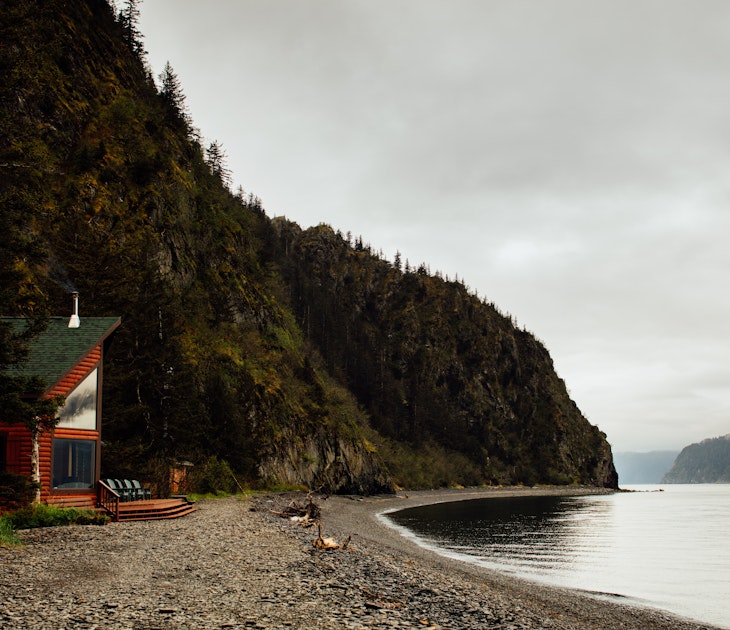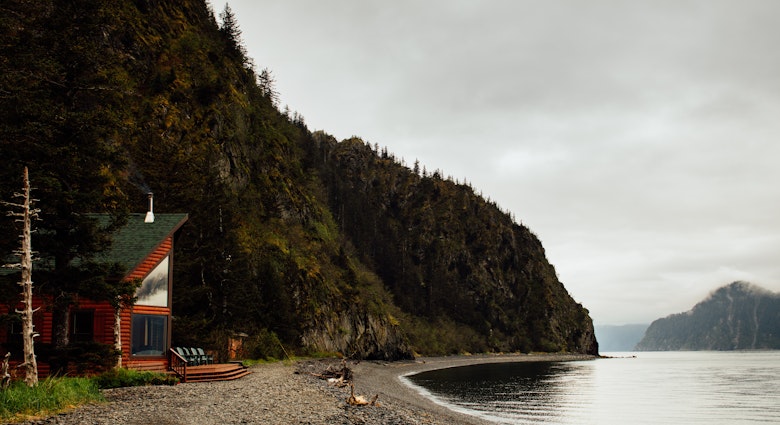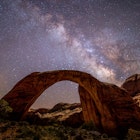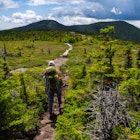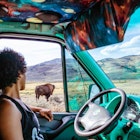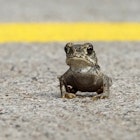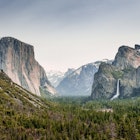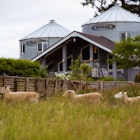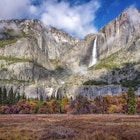Set within some of New Mexico’s most beautiful landscapes, Santa Fe is a natural stunner.
It’s also a city dedicated to preserving the arts, culture and the natural environment of New Mexico, which can be experienced first hand in any of its 68 developed parks, 26 undeveloped parks and 170 miles of trails. These are some of the best parks in Santa Fe.
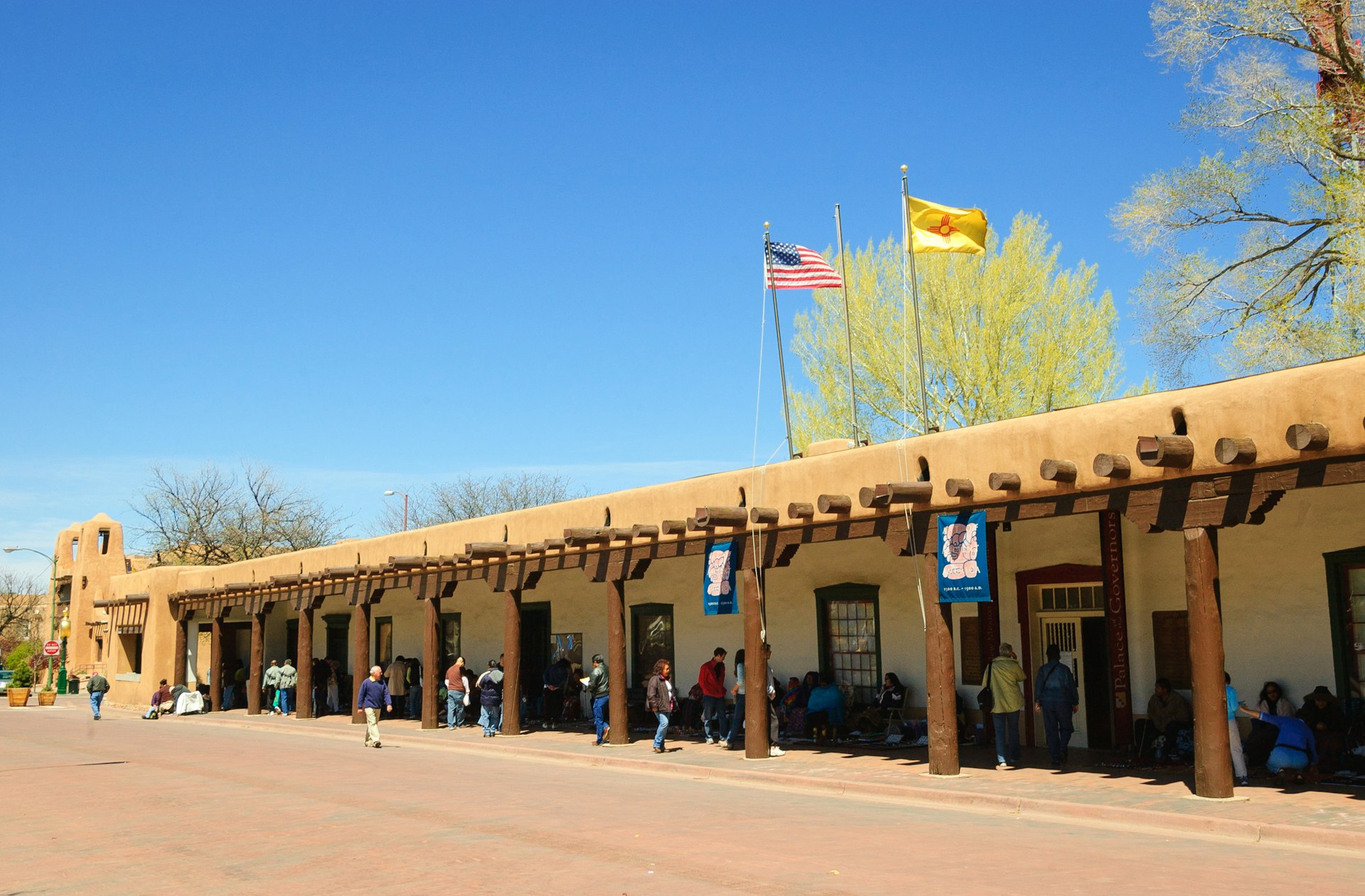
Santa Fe Plaza
At least a million people visit the historic Santa Fe Plaza every year, to enjoy the grassy square's trees, benches, gazebo and bandstand. In the summer, live music brings visitors and locals alike to the plaza for dancing, socializing and people-watching. Food and art vendors are also a common sight, and the plaza is surrounded by fabulous restaurants, shops, galleries, museums, as well as the historic Palace of the Governors, built in 1610. Now one of the world’s greatest centers of art and culture, many of the most important moments in New Mexico history happened on this plaza.
The word plaza in Spanish is used to describe the heart of a city, and this particular area has been the central place for gathering since the city was colonized by Spain in 1610. In 1917, five years after statehood, Spanish was banned in New Mexico schools bringing an end to its official bilingual status. However, the Spanish language remains prominent in the names of places, like the Plaza, and a unique Old World dialect of Spanish is still spoken in New Mexico, along with eight distinct Indigenous languages.
In August and September, all of these languages can be heard spoken on the plaza during the Santa Fe Indian Market, the largest Indigenous art weekend in the world, which is followed by the Fiestas de Santa Fe. The Fiestas were established in 1712 to commemorate the reconquest of Santa Fe. In 1680 the Pueblo people banded together in revolt against the Spanish in the only successful uprising against a colonizing power in North America. The revolt, which drove the invaders out of Northern New Mexico for 12 years, came after the Spanish Governor of New Mexico ordered several Pueblo holy men to be publicly whipped and executed on the plaza. The reenactment of Spain's reconquest has long been a point of contention between the Hispano community and Indigenous communities that view it as a glorification of genocide.
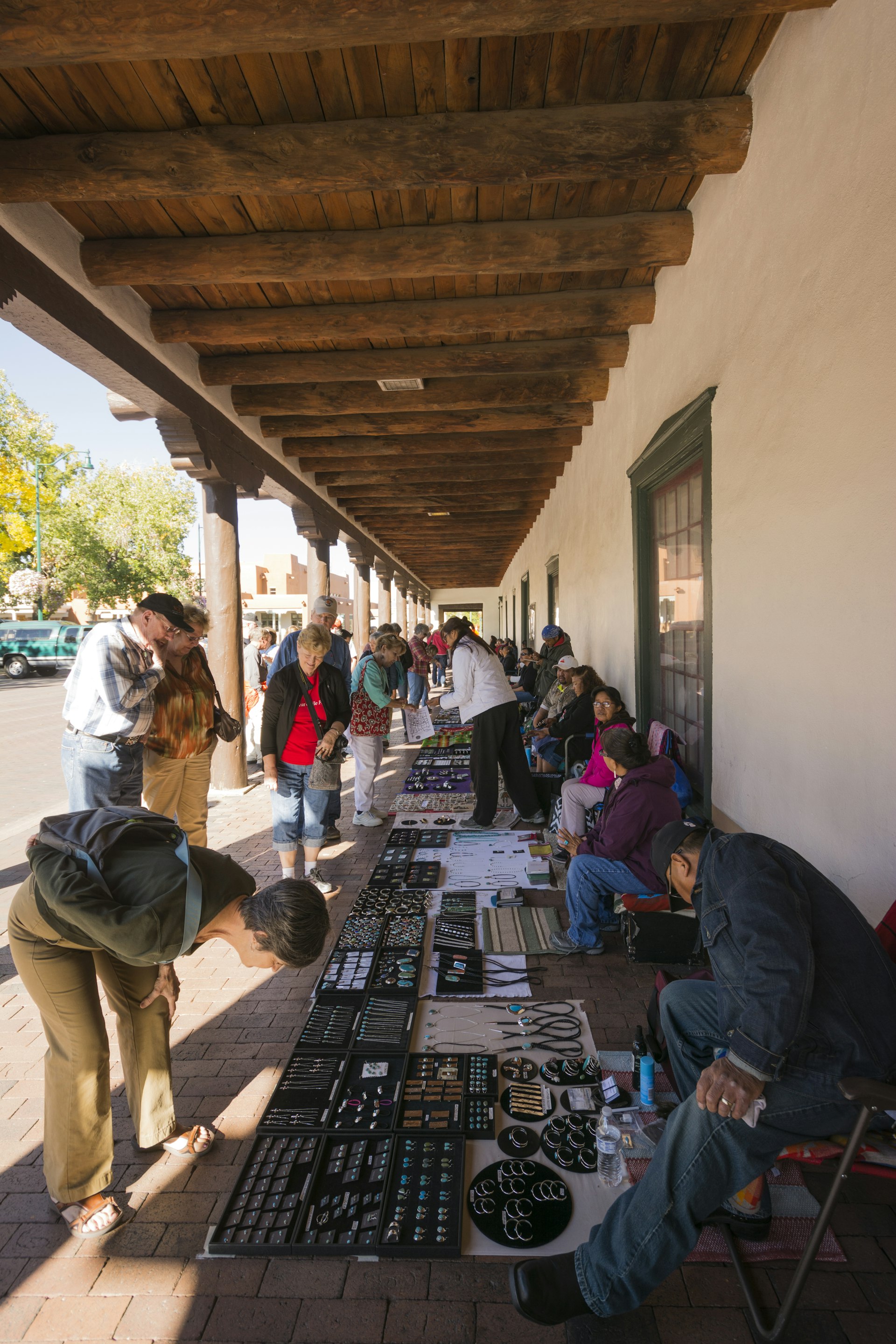
The Soldiers Monument, the iconic obelisk at the center of the plaza, was a landmark for 152 years, but had long been a subject of controversy for the phrase on the north-facing panel that read: “To the heroes who have fallen in the various battles with savage Indians in the territory of New Mexico.” In 1972 the word “savage” was chiseled away, but the bad feelings toward what the monument represented remained. On Indigenous Peoples Day, October 12, 2020, the Soldiers Monument was toppled by Native American activists and non-Native allies using ropes.
Cathedral Park
Looking east from the plaza you will come face to face with the Cathedral Basilica of St. Francis de Assisi, built by Archbishop Jean Baptiste Lamy between 1869 and 1886 in the Romanesque Revival style. Chiseled into the stone design above the entrance is a triangle with the Hebrew letters that identify Yahweh. According to most historians, Lamy had the letter placed there in thanks to the Jewish merchants who helped fund the cathedral’s construction. However, in 2016, the Albuquerque Journal reported that according to a history written by Floyd Fierman, a rabbi and historian in El Paso, TX, there was no evidence to support this theory, claiming instead that such inscriptions were not unusual in cathedrals in Europe.
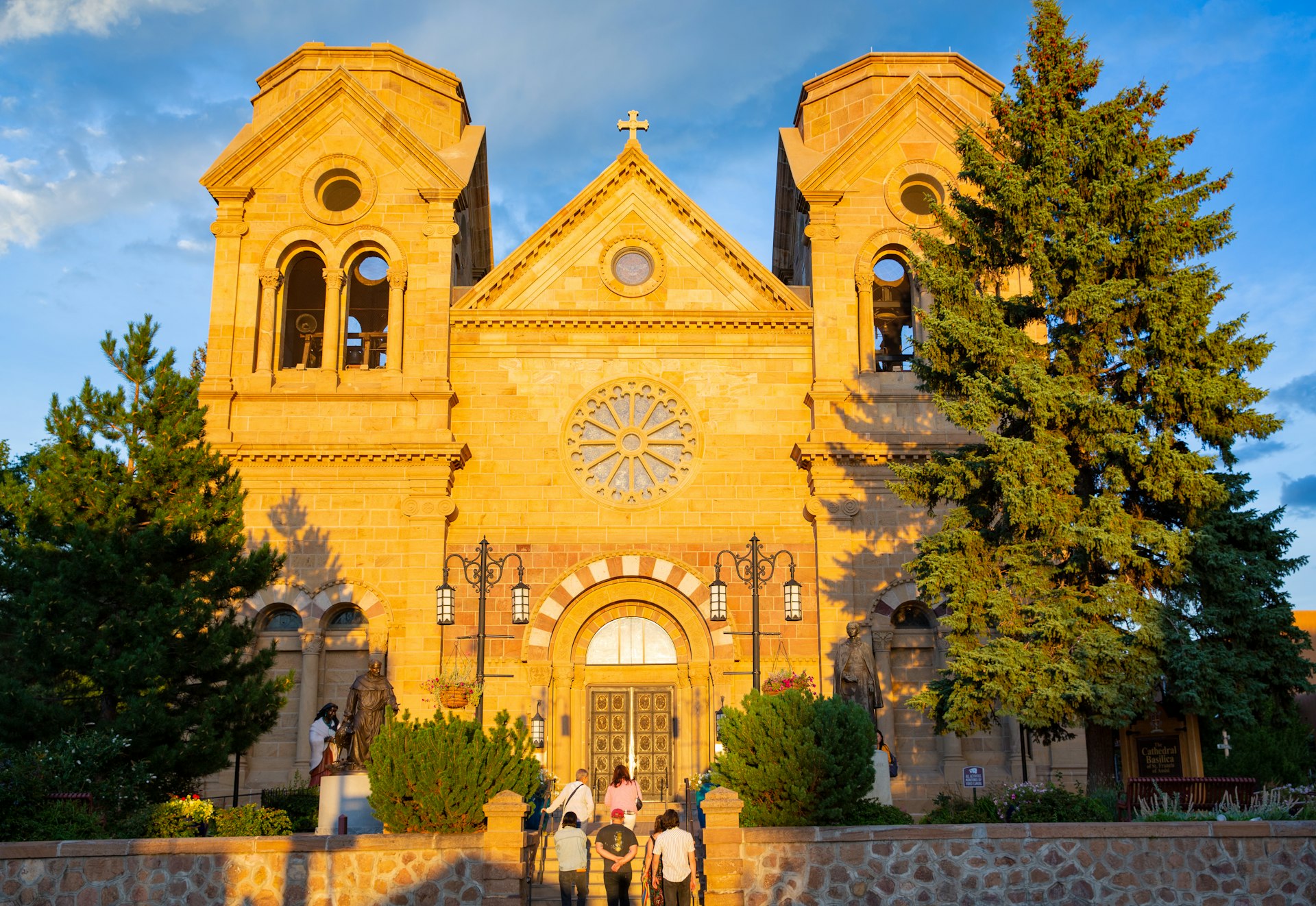
Whatever the true history may be, the inclusion of Yahweh points to a larger history of New Mexico’s “crypto-Jews.” Upon a 1492 decree that all the Jews in Spain must either convert to Catholicism or leave the country, many accepted the baptism but continued to secretly practice their faith. By the mid-1600s, many of these converts, or conversos, migrated into New Mexico in an attempt to flee the Inquisition in Spain, ultimately dodging the attention of the authorities. After 500 years of secrecy, this history has surfaced in the media, resulting in a renewed interest amongst the Hispano community in reconnecting with their Sephardic ancestry.
In front of the cathedral, between statues of Lamy and St. Francis stands a statue of St. Kateri Tekakwitha, by Jemez Pueblo sculptor Estella Loretto. Kateri was the first Native American to be canonized in 2012.
Circle the beautiful cathedral grounds to the north and you’ll find a quiet, shady park with benches for a rest and trees that are ideal for reading a book under, particularly on a lazy summer afternoon. Here, too, once stood a statue that has become a thing of the past along, with the plaza's obelisk. The bronze statue of Don Diego de Vargas was removed by Santa Fe Mayor Alan Webber for “safekeeping” during a season of state-wide protests in 2020 against de Vargas, the man who led the re-conquest of Santa Fe, and who many feel committed acts of genocide against New Mexico’s Indigenous people.
Despite the removal of certain statues and monuments around town, the story of New Mexico’s colonization can still be seen in Cathedral Park. In the center of the park, the bronze Settlers Monument depicts a Franciscan monk, a settler family, and a Spanish soldier with Mary La Conquistadora rising above them.
Railyard Park
This walkable, award-winning outdoor space is one of the only areas in Santa Fe where the past takes a back seat to modern art and contemporary music. A quick, 7-minute drive from the Plaza on Guadalupe Street, past Santa Fe’s legendary Cowgirl BBQ, Double Take vintage shop, and Tomasita’s, purveyors of legendary New Mexican cuisine, is this new kid on the block.
Since breaking ground in 2006, this 10-acre park has hosted many free events throughout the years, including regular art markets, farmers markets and concerts. It has play areas for kids, complete with slides and water features. Railyard Park is beautifully landscaped with over 300 trees and is in close proximity to options for food, drinks and sweet treats.
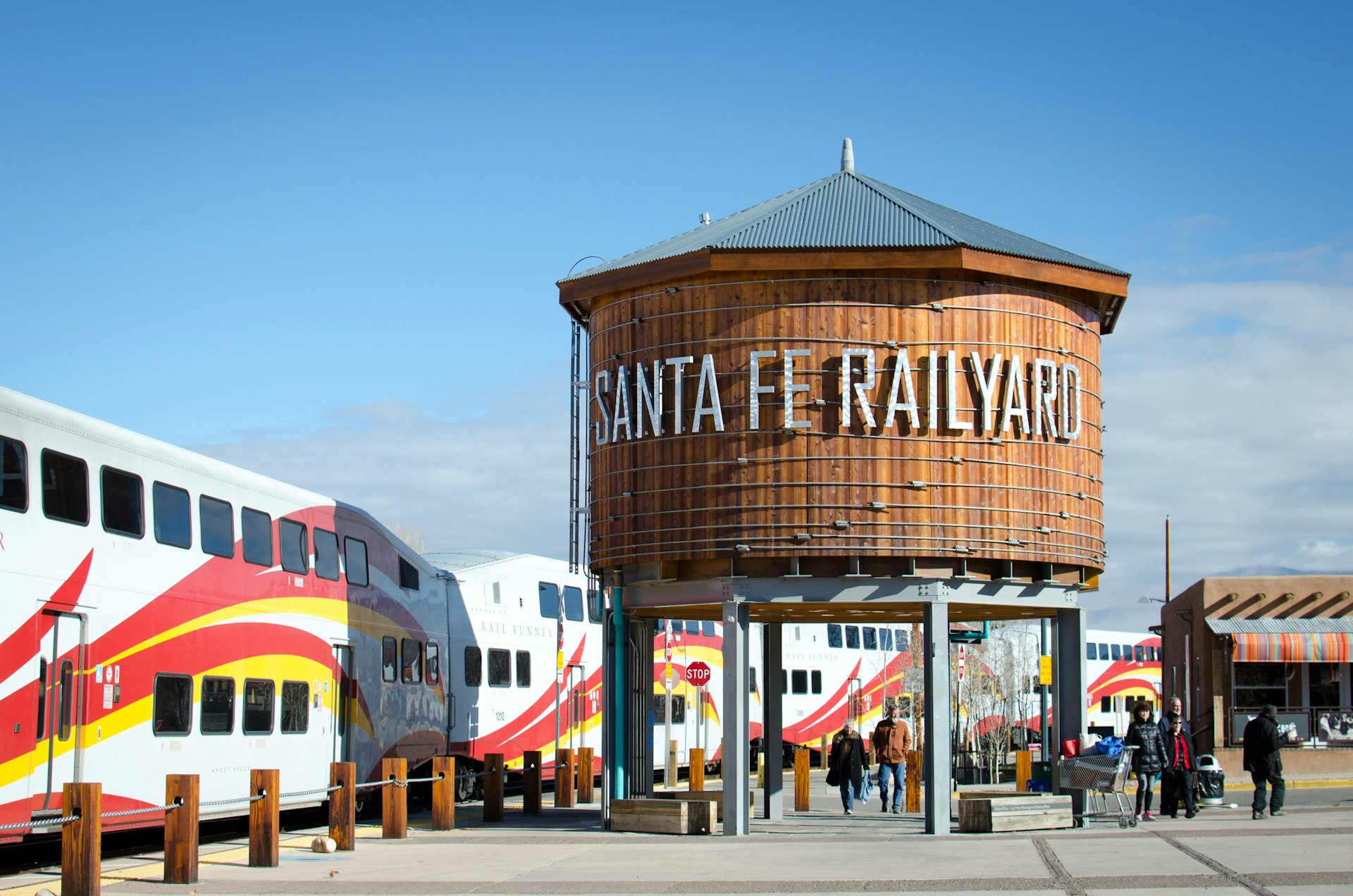
While history isn’t front and center here, the railroad has played a very interesting role in New Mexico's history. The train brought folks from the East Coast into New Mexico, past many of the Pueblos. This contact with outsiders, who were eager to take home trinkets from the West, created a market for Native American artwork, and art forms like Pueblo pottery or Navajo jewelry were suddenly in high demand and Indigenous families were, sometimes for the first time ever, able to bring home an income.
Shidoni Gallery
While Shidoni isn’t technically a park and not technically in Santa Fe, it absolutely belongs on this list of the city's beautiful natural spaces. Located in the village of Tesuque, 12 minutes north of Santa Fe, this 5-acre sculpture garden has been capturing the imagination since it opened in 1971. There are many benches on-site and visitors are encouraged to wander the property and make themselves at home. Built on an old apple orchard, there are now over 100 artists represented and at least as many sculptures in a wide variety of styles.
You might also like:
13 of the best things to do in Santa Fe
How to get around in Santa Fe
Santa Fe for free: experience New Mexico’s capital without spending a cent


